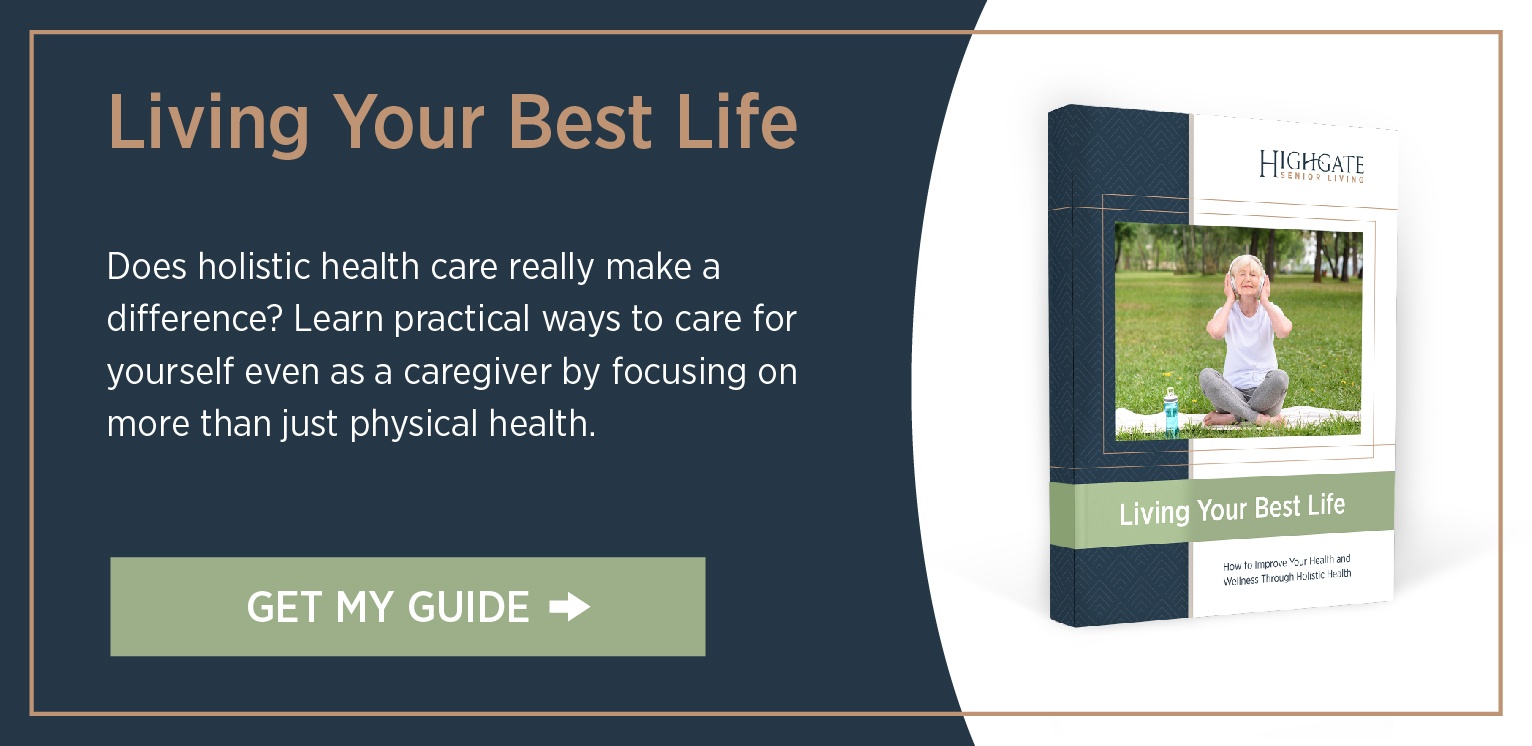
According to the Centers for Disease Control and Prevention, approximately 85% of older adults have at least one chronic health condition, and 60% have at least two chronic conditions. As we grow older, our immune system doesn’t work quite like it used to; the body heals more slowly, muscles lose strength, and our bones become less dense. Even though it’s quite easy to focus on aspects of health that have changed, research by the Pew Research Center suggests you’re never too old to feel young.
Can’t the doctor just fix it?
Six in 10 Americans suffer from chronic disease, and 90 percent of the $3.5 trillion we spend on healthcare in the United States each year goes toward treating chronic disease and mental health conditions. Conventional medicine simply wasn’t built to address chronic disease. If you visit an emergency room or urgent care, for example, the primary focus is treating the symptoms you have today.
While it’s true that lower immunity can cause illness, it’s also true that poor dietary habits, insufficient exercise, and lack of sleep can also play their role in being more susceptible to catching a common cold.
Conventional medicine evolved during a time when acute, infectious diseases were the leading causes of death. This disease-oriented approach aims to eliminate the symptoms of an acute illness. Most other problems that brought people to the doctor were also acute, like appendicitis or gallbladder attack. Treatment in these cases was relatively simple: the patient developed pneumonia, went to see the doctor, and received an antibiotic. Another developed severe pain, the appendix was diagnosed as the cause, and surgery was scheduled.
Chronic, reoccurring issues aren’t quite that simple. These conventional approaches were created to intervene — specifically to avoid death. Recent statistics suggest that more than 85 percent of chronic diseases are caused by environmental factors like diet, behavior, environmental toxins, and lifestyle — problems conventional medicine isn’t meant to address.
Does a holistic approach mean I have to eat better and exercise more?
In recent years, many healthcare leaders, politicians, and socioeconomic analysts have acknowledged that the U.S. healthcare delivery system is coming up short. While we have the best healthcare system in the world for acute care medicine, it is greatly lacking in its ability to adequately address and provide solutions for chronic disease, which comprises more than eighty percent of all healthcare spending.
A holistic (or whole body) approach can help determine underlying causes that play an important role in your overall health. Yes, diet and exercise play an important role in wellness, but physical wellness is only one of eight different approaches to wellness, including developmental wellness, cognitive wellness, emotional wellness, spiritual wellness, relational wellness, vocational wellness, and contextual wellness.
Take, for example, the Pew Research Study we mentioned earlier in this article. 60% of adults surveyed (age 65 and older) said they felt ‘younger than their age’. While you might think that these two-thirds must be rigorously exercising every day and adhering to strict diets, two of the greatest contributors, according to the study, were being active with hobbies and speaking with family daily. In fact, two-thirds of those surveyed reported that they participate in hobbies, and nine in ten reported speaking with family every day, showing the importance of emotional and relational wellness.
Taking an Integrative Approach to Your Health
Conventional medicine plays an important part in addressing immediate health concerns. Having a holistic approach isn’t a replacement for the medical care you receive through conventional medicine, but rather a necessary piece of the puzzle if your goal is to create internal balance — not just the absence of illness.
So what’s next? Here are three quick and easy tools you can use to identify which area of wellness you should focus on:
- Read this article to learn more about the 8 Dimensions of Wellness
- Try using this Holistic Health and Wellness Worksheet
- Take this quiz to pinpoint areas of wellness you should focus on
Of course, no wellness journey is complete without the advice of a doctor who you trust. Be sure to make an appointment with a physician who embraces holistic wellness.
Does holistic health really make a difference? Download our eBook Living Your Best Life to learn more.





